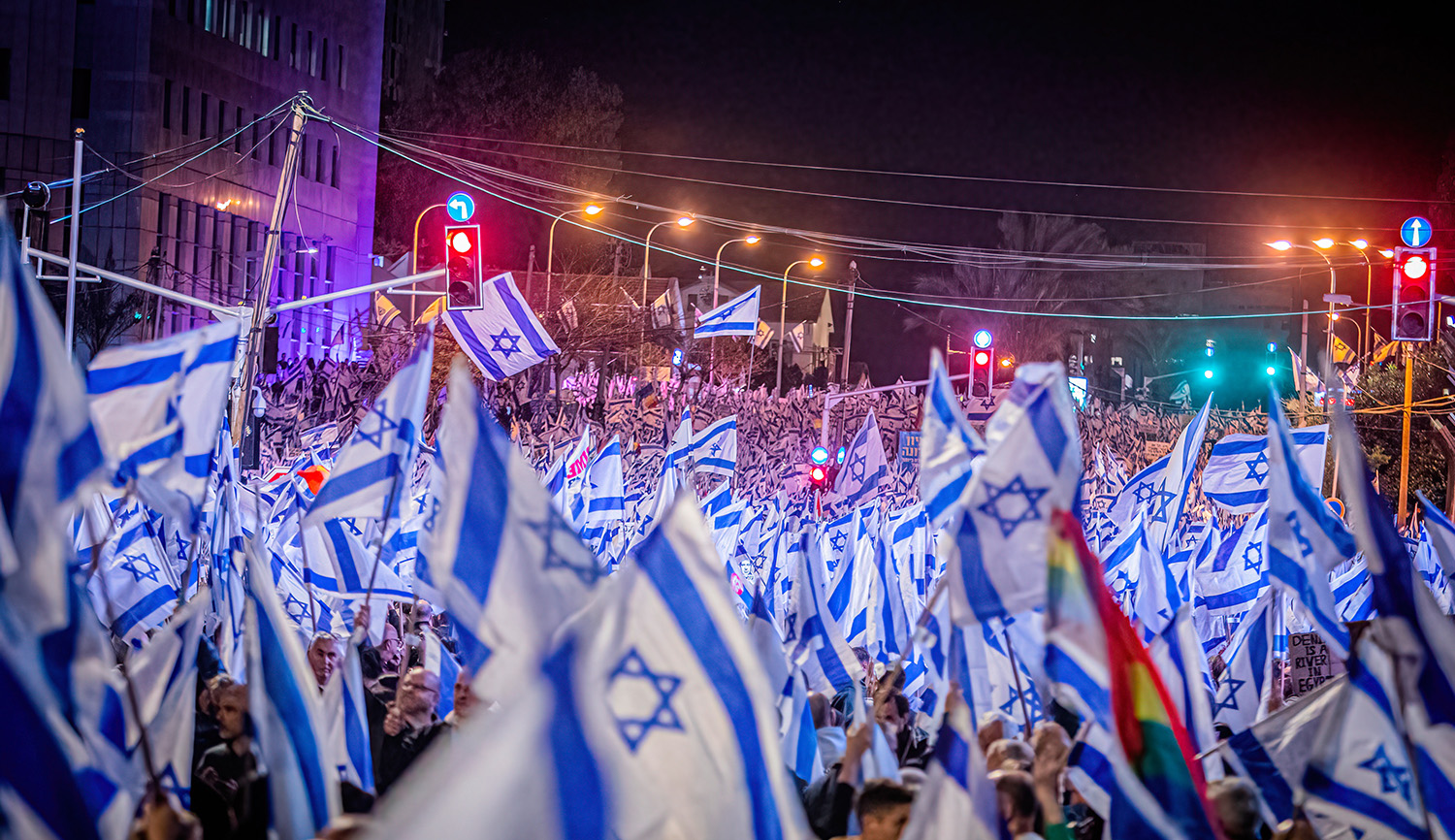In portraying the tablets on which the Ten Commandments were inscribed, Jewish and Christian iconography has traditionally shown them as two stones, side by side, with curved tops. Yet the Bible says nothing about their shape or disposition, while the Talmud simply states that they were rectangular. Out of deference to the latter, the chief rabbinate of Israel has decided to change its logo to display the tablets as rectangles. Shalom Bear cites an archaeologist with a different opinion:
Stephen G. Rosenberg . . . has posited that the two tablets weren’t two stones at all, but rather two sides of the same stone. In part he bases [his opinion] on the choice of words used for describing the tablet(s) in Hebrew, luḥot, which is similar to another biblical word, leḥi, [meaning] cheek.
Rosenberg’s theory is that half the commandments were written on one side (cheek) of the stone, and the other half were written on the opposite side (cheek) of the same stone, similar to the way in which many other ancient codes of law (such as the Code of Hammurabi) were engraved onto stone.
More about: Archaeology, Hebrew, Israeli Chief Rabbinate, Religion & Holidays, Religious art, Ten Commandments


